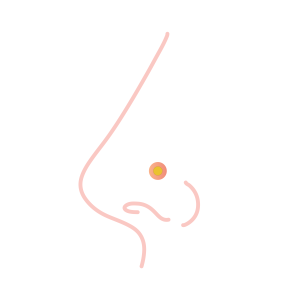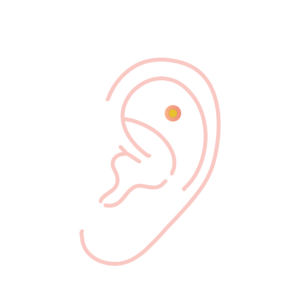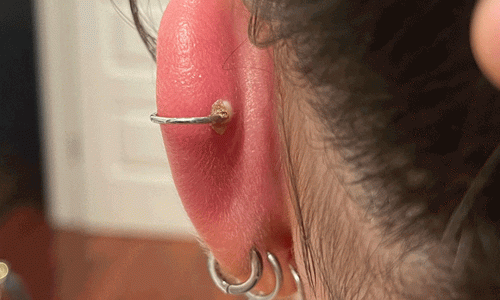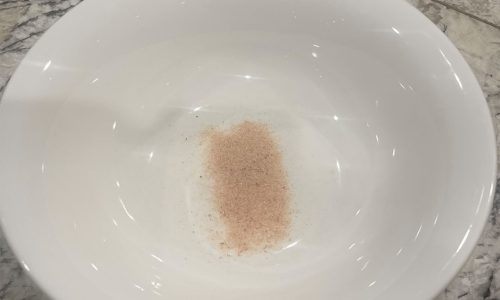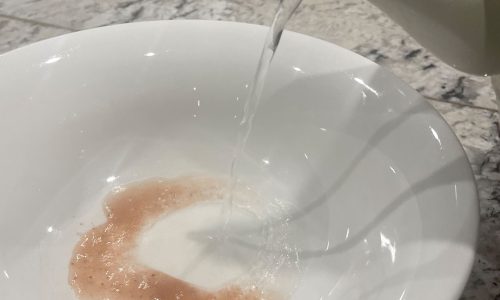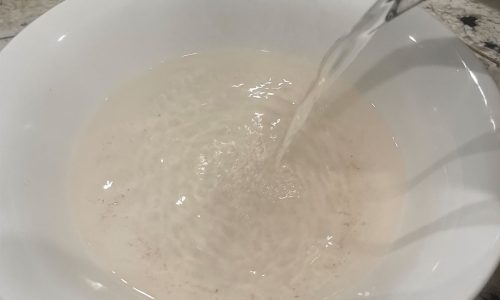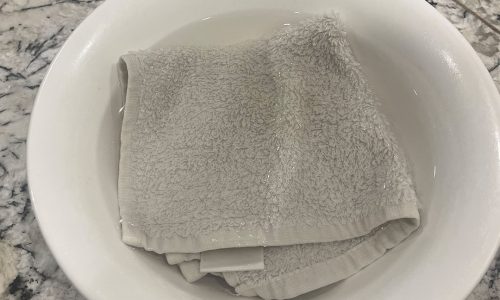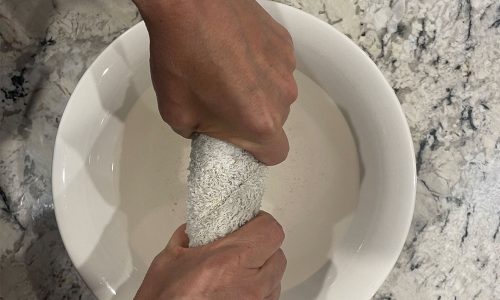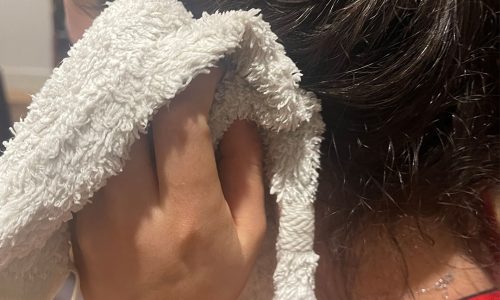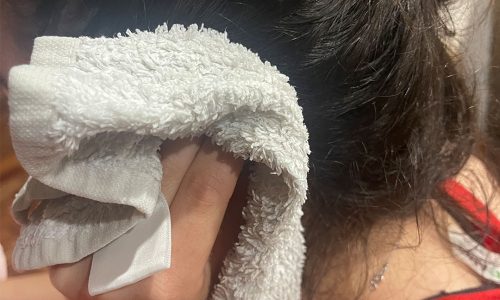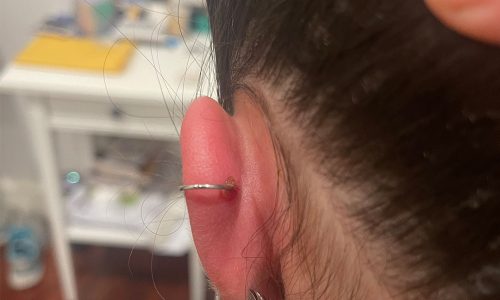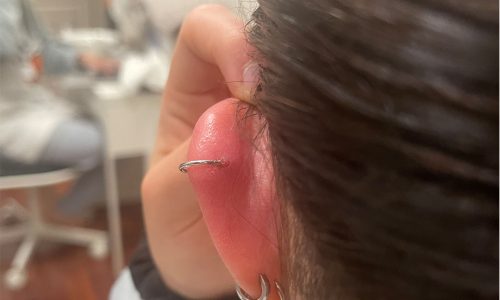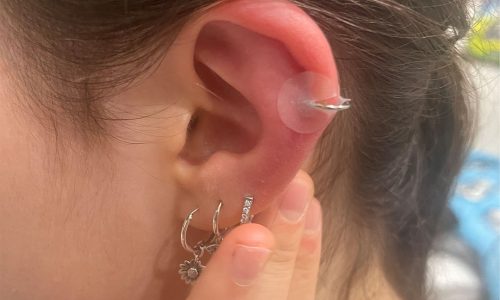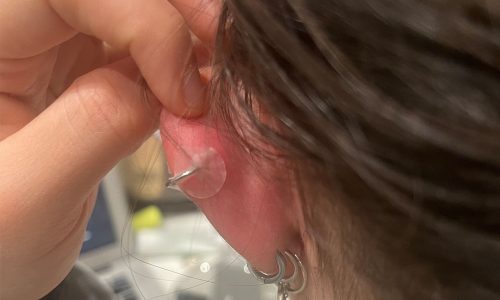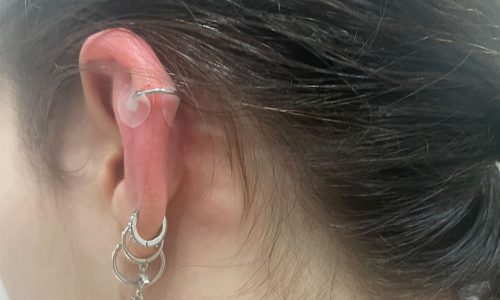How to Get Rid of Piercing Bumps
Piercing
Updated October 26, 2020
What are those little red bumps that appear on piercings? Is it keloid scarring? Is it a granuloma? Is it an infected piercing? One thing is for sure, it is definitely what we call – a piercing bump. So what exactly are piercing bumps and how do I get rid of them?
Let’s start with definitions of piercing bumps.
Granuloma:
Granulomas are bumps that can occur on the skin when there is inflammation. This is a collection of white blood cells present from an immune system response to trauma.
They form when an immune system overreacts to what it believes is foreign but is unable to remove (e.g. jewellery). These often are what we refer to as a cartilage bump or nose piercing bump. If untreated they may be prone to infection. They may occur from allergies, genetics, poor aftercare, irritation, trauma, or sometimes just bad luck. With treatment, they may disappear completely.
Your piercing bump or lump is likely to be a granuloma!
Piercing Keloid:
Keloids are scars that come from the overgrowth of scar tissue. They are firm, fibrous lumps that vary in colour, and tend to be larger than the original wound itself. They may take weeks or months to develop fully. On your piercing consent form, we will ask you if you are prone to keloid scarring, as an estimated 10% of people are. You can be more prone to developing keloids based on many genetic factors.
Many say that they have developed a keloid on their piercing. However, it is unlikely to develop a keloid scar if you have never had any experience with developing a keliod on other wounds. You cannot get rid of a keloid on your own and it won’t go away like other piercing bumps, even if you remove the jewellery. There are different treatments medical professionals may perform for keloid scarring.
Keloids aren’t common, a piercing bump is often mistaken as a keloid!
How to Manage your Piercing Bump:
- You may need to change your jewellery. Nickel allergies and other metal allergies are particularly common. If you suspect that you may be allergic to nickel, pop into the salon and enquire about purchasing Titanium or Bioplast as they are nickel-free.
- Make sure to not knock, bump, sleep on, touch, or catch your piercing on clothes, towels or loofahs. Knocking a piercing can remove the protective healing scab and allow bacteria or dirt to enter.
- Ensure you’re following the correct aftercare, including using our Sterilear two-step piercing system. This will keep the area clean and free from any bacteria!
- Do not use Dettol, Betadine, hydrogen peroxide, disinfectants, soaps, tea tree oil and alcohol to clean your piercing. These products can dry out, irritate and burn the pierced area. Avoid makeup, body lotion and perfumes near your piercing bump.
- Try out Medical Grade Silicone Bump Discs. These discs keep your piercing in shape and applies pressure to the area which gradually drains the area of fluid. They consistently help in reducing the discomfort associated with piercing bumps.
- Try out our Bump Dots! These adhesive hydrocolloid protective bandages that suck fluid and gunk from the bump. Wear them over your jewellery at night to reduce redness and swelling.
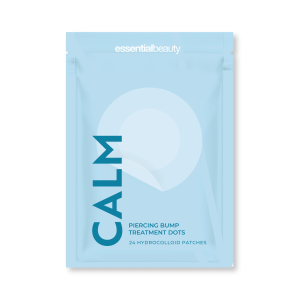
If you aren’t seeing improvement, visit or call your local Essential Beauty salon to chat with an expert. They will assess your piercing and provide guidance on how to care for your piercing. Also view the below slideshow for our best advice to treat and care for your piercing! Read more on our blog here.


